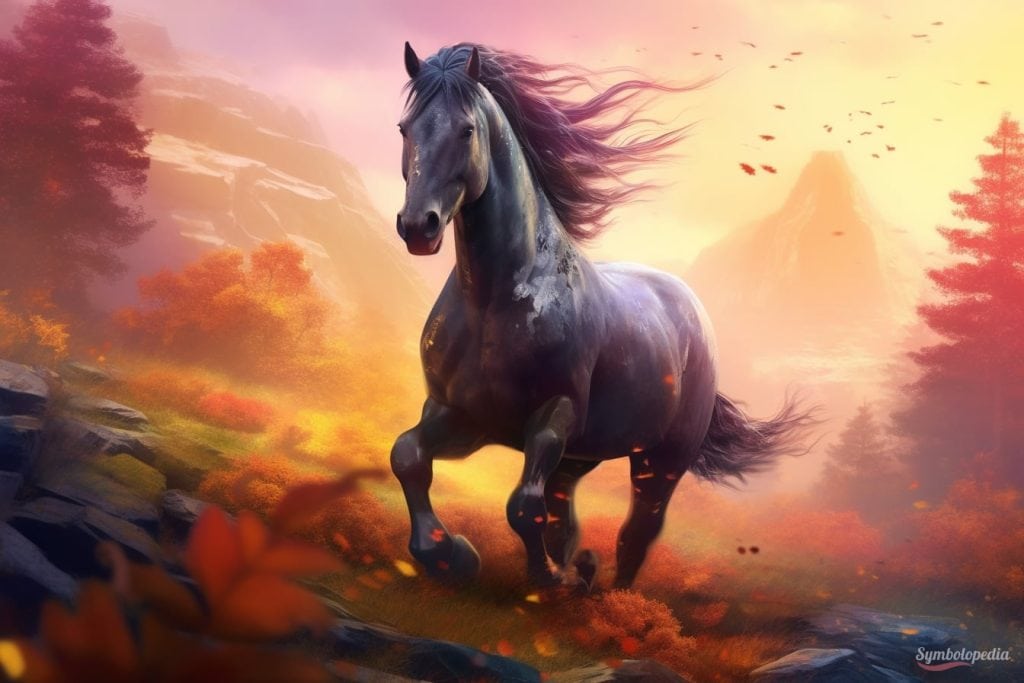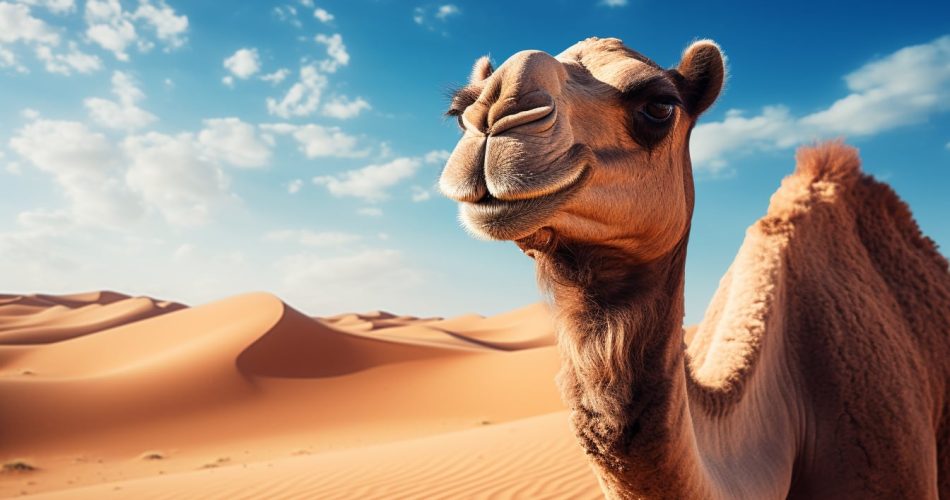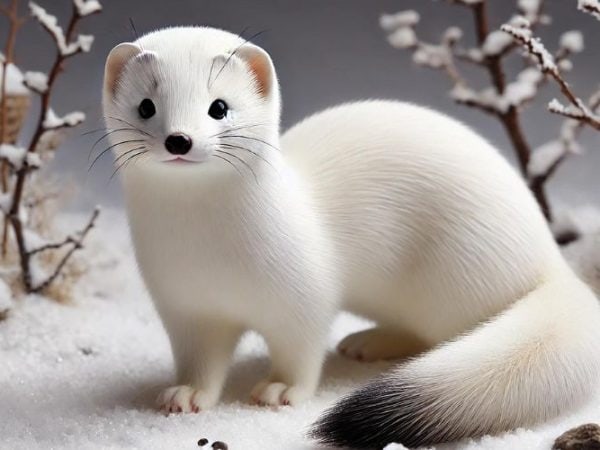Briefly
The camel is most commonly associated with endurance, resilience, and survival. Known for its ability to travel long distances across deserts without water, the camel symbolizes self-sufficiency and determination. Its humps, which store fat, are seen as reservoirs of inner strength and resources, enabling the camel to persevere through challenging and barren landscapes. The camel also represents patience and steadiness, reflecting its slow but relentless progress.
Camel in Dreams
In dream symbolism, a camel may represent the dreamer’s ability to endure hardships and overcome obstacles using inner strength and resilience. Seeing a camel in a dream might indicate that the dreamer is taking on too many responsibilities or burdens but has the strength to carry them. Conversely, it may also symbolize a feeling of being weighed down or overwhelmed, suggesting a need to release unnecessary burdens and find balance.
Camel in Myths and Folklore
While the camel may not have a prominent presence in classical myths or legends, it does play a significant role in various cultural stories and religious texts. In Islamic tradition, the camel is often seen as a sacred animal, symbolizing patience and devotion. It is mentioned in the Quran and Hadiths, reflecting its importance in Arab culture. In some African and Middle Eastern folklore, the camel is portrayed as a wise and humble creature, often serving as a moral guide or helper to humans. Its unique physical characteristics and adaptability have made it a symbol of survival and resourcefulness in many desert cultures.

Read also Horse Symbolism & Meaning

Reviewed by Alexander Lys, M.L., a specialist in the field of symbolism research and dream psychology. A certified participant in numerous psychological seminars and courses, the author of hundreds of articles on psychology, including studies on symbolism in dreams and myths from a scientific perspective.



